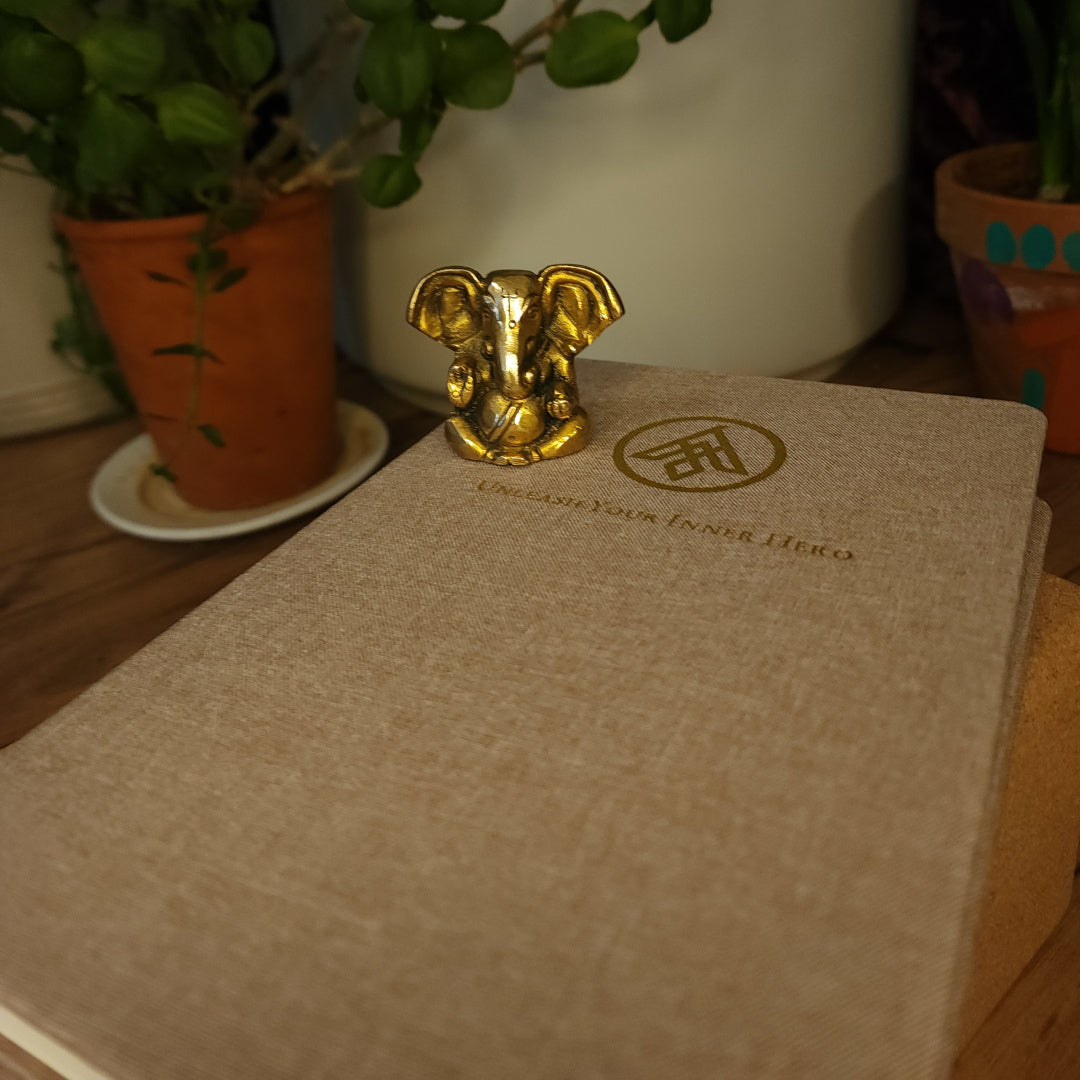Anahata (Heart Chakra)
Jack UtermoehlAnahata is the fourth chakra in the yogic energy system, located at the center of the chest. It governs love, compassion, empathy, connection, and emotional balance.
Anahata is the bridge between the physical and spiritual chakras—the place where human experience meets divine understanding.
It teaches that vulnerability is a strength and that true healing happens through the heart.
Jewelry Designed for Your Practice
We created this collection to honor the wisdom and beauty of yoga. Each piece is crafted with intention to support your journey, on and off the mat.
Etymology and Meaning
Sanskrit Spelling: अनाहत
Root Word: "An" (not) + "Ahata" (struck, hit)
Translation Variations: Unstruck sound, unhurt, unbroken
Pronunciation: Anāhata [uh-NAH-huh-tuh]
Anahata symbolizes the unstruck sound—the silent pulse of the soul untouched by pain. It represents a space within the heart that remains whole, no matter what has occurred.

Symbolism and Elements
Element: Air — lightness, openness, breath
Color: Green — healing, harmony, growth
Seed Sound (Bija Mantra): Yam
Associated Sense: Touch
Location: Center of the chest, heart space
Petals: 12 lotus petals — representing emotional qualities like joy, peace, and love
Mudra and Practices
Mudra: Hridaya Mudra (Gesture of the Heart) — connects the flow of breath and emotion to the heart’s intuitive wisdom.
Practical Application
In Yoga Practice
- Focus on heart-opening poses: Ustrasana (Camel), Bhujangasana (Cobra), Anahatasana (Melting Heart Pose)
- Use breath practices that expand the chest and soften the ribcage
- End your practice with a gratitude reflection or metta (loving-kindness) meditation
In Daily Life
- Practice compassion—toward yourself, others, and even the difficult parts of life
- Hold space for emotion without judgment
- Balance giving and receiving love—don’t overextend or shut down
Quotes and Wisdom
"The wound is the place where the light enters you." — Rumi
"Keep your heart soft without becoming fragile. That is the art of Anahata."
Modern Relevance
Anahata offers healing in an age of emotional armor and disconnection. It helps soften the walls built by hurt or fear, reminding us that connection is not only possible—it’s essential.
In the presence of a balanced heart chakra, boundaries and love coexist, vulnerability becomes wisdom, and empathy becomes strength.
Related Concepts
Bhakti: Love and devotion—expressed fully through the heart
Daya: Compassion, a natural expression of the heart's wisdom
Prana: The breath of life, deeply connected to the heart's rhythm
How to Work with Anahata
Mindset: Open to giving and receiving love without clinging or withholding
Actions: Engage in heart-centered practices: journaling, meaningful conversations, acts of service
Reflection: Ask, “Where can I soften without losing myself?”
Suggested Reading
- Wheels of Life by Anodea Judith
- Radical Acceptance by Tara Brach
- The Untethered Soul by Michael A. Singer
Conclusion
Anahata is the gateway to connection, trust, and healing. It asks us not to escape life’s pain but to meet it with love.
Through the heart, we return to wholeness—and remember that our deepest strength lies not in resistance, but in presence.







